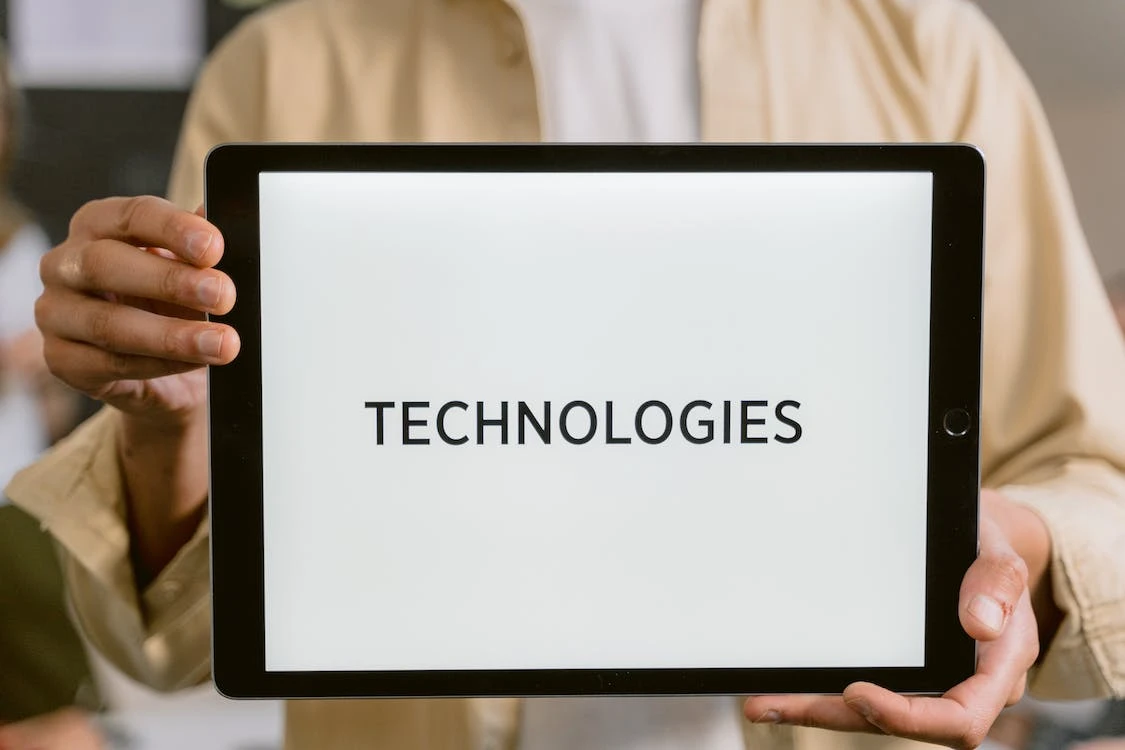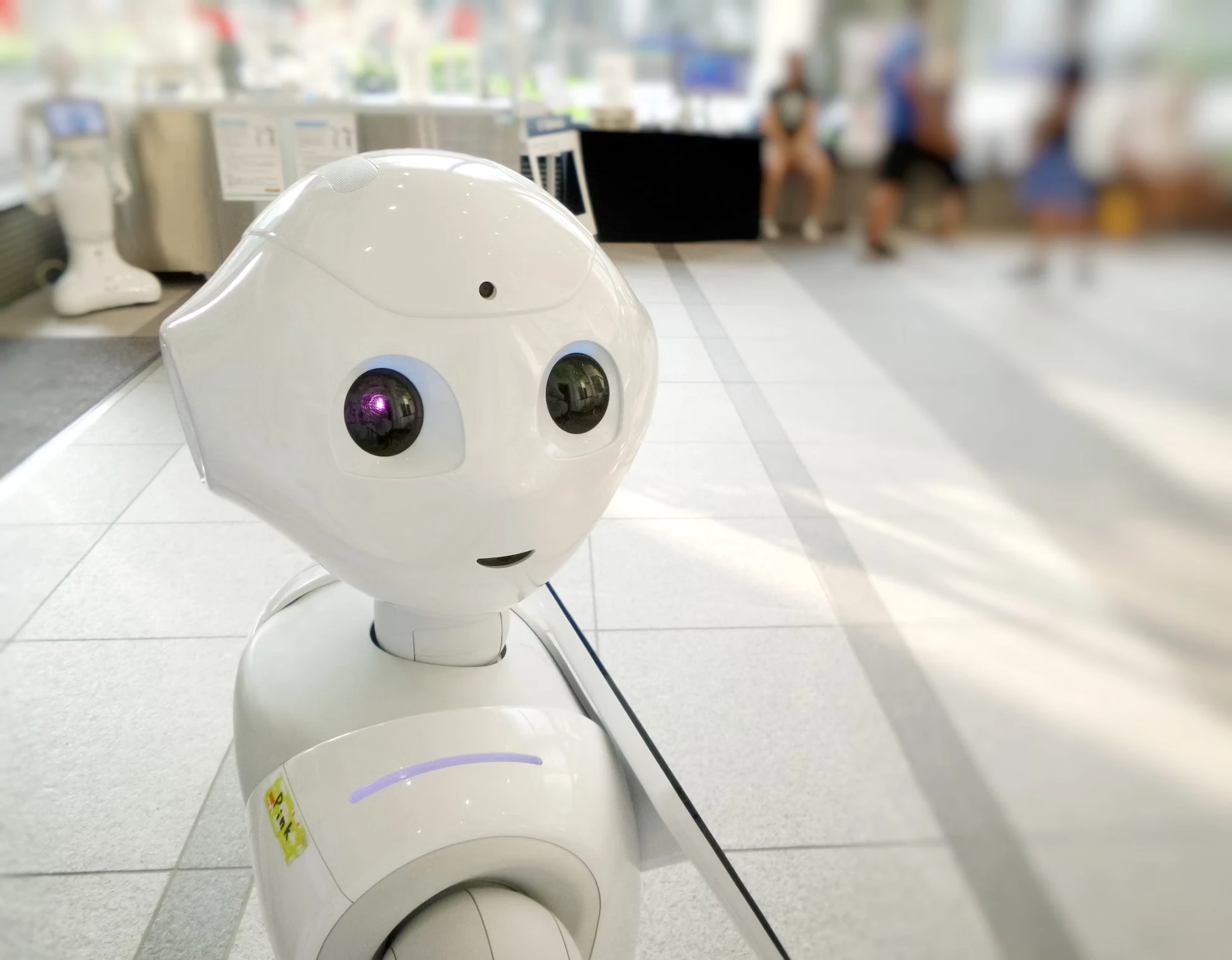
This website uses cookies
We use Cookies to ensure better performance, recognize your repeat visits and preferences, as well as to measure the effectiveness of campaigns and analyze traffic. For these reasons, we may share your site usage data with our analytics partners. Please, view our Cookie Policy to learn more about Cookies. By clicking «Allow all cookies», you consent to the use of ALL Cookies unless you disable them at any time.
Modern organizations are increasingly reliant on Information Technology (IT), and effective IT infrastructure is becoming a key factor in success. From operational processes to customer interactions, IT infrastructure serves as the foundation upon which modern businesses are built.
The days when the IT department was perceived as a unit responsible solely for supporting technical infrastructure are behind us. Today, IT infrastructure has become a strategic asset, driving competitiveness and innovation. It enables organizations to adapt to rapidly changing market conditions, enhance the customer experience, and improve operational efficiency.
At the forefront of ensuring effective IT infrastructure stands the Chief Technology Officer (CTO). The CTO plays a crucial role in developing and implementing the organization's IT strategy. They not only ensure the stable operation of the infrastructure but also lead innovative projects, ensuring that technologies align with the strategic goals of the business.
Let's embark on our journey into the future of IT infrastructure and discover how modern organizations and their Chief Technology Officers can successfully adapt to the challenges and opportunities it presents.
Future Technologies
The future of IT infrastructure promises a range of innovative technologies that will change the way organizations interact with information and conduct business. In this section, we will explore five key technologies of the future:
A. Cloud Computing and Hybrid Solutions
Cloud computing has become an integral part of modern IT environments. Hybrid solutions, combining cloud and on-premises systems, provide flexibility and scalability, allowing organizations to respond instantly to changing demands and optimize IT costs.
B. Internet of Things (IoT) and Sensor Networks
The Internet of Things (IoT) and sensor networks are transforming the physical world into a digital one. Connected devices and sensors gather and transmit data, enhancing monitoring, analytics, and automation. This opens up new possibilities for more efficient processes and innovations.
C. Artificial Intelligence (AI) and Machine Learning
Artificial intelligence and machine learning are changing the way decisions are made and data is analyzed. Through automation and predictive analytics, they enhance productivity and help identify new opportunities. AI is becoming an indispensable tool for optimizing business processes.
D. Blockchain and Cryptocurrencies
Blockchain, a distributed ledger technology, is revolutionizing transaction processing and data security. Cryptocurrencies like Bitcoin and Ethereum represent new forms of financial transactions. Blockchain opens doors to more transparent and resilient systems.
E. Cybersecurity and Data Protection
With the increasing volume of data and online threats, cybersecurity becomes a critical area. State-of-the-art technologies and data security methods, including machine learning and artificial intelligence, help prevent attacks and ensure data confidentiality.
Trends in IT Infrastructure
As organizations navigate the evolving landscape of IT infrastructure, several key trends are shaping the way technology is utilized and managed.
A. Expanding Role of IT Infrastructure
IT infrastructure is no longer merely a support function but has evolved into a strategic enabler of business success. We explore how IT infrastructure plays an increasingly integral role in achieving organizational objectives and fostering innovation.
B. Data Management and Analytics
Data has become a critical asset, and effective data management and analytics are essential. We delve into the evolving practices of data handling, analytics, and the impact on decision-making within organizations.
C. Green IT and Sustainability
Sustainability considerations are driving the adoption of green IT practices. We examine how organizations are aligning their IT infrastructure with sustainability goals, reducing environmental impact, and promoting a more sustainable future.
D. Flexibility and Scalability
The ability to adapt to changing demands is crucial. We explore how IT infrastructure is designed for flexibility and scalability, allowing organizations to respond swiftly to evolving business needs and challenges.
E. Digital Transformation and Automation
Digital transformation and automation are revolutionizing business operations. We discuss how IT infrastructure supports these initiatives, enabling streamlined processes, enhanced efficiency, and improved customer experiences.
The Role of CTO
The Chief Technology Officer (CTO) holds a pivotal position in shaping the future of IT infrastructure.
A. Leading Roles and Responsibilities of CTO in Future IT Infrastructure
CTOs are expected to take on a range of crucial roles and responsibilities as IT infrastructure evolves. We explore the diverse facets of their role, from technology leadership to innovation and strategy.
B. Strategic Partnership with Business
The CTO's role extends beyond technical matters; they are becoming strategic partners to the business. We examine how CTOs collaborate with other business leaders to align technology with overarching business objectives.
C. Ensuring Security and Sustainability of IT Environment
With the growing importance of security and sustainability, CTOs play a pivotal role in safeguarding IT environments and aligning them with sustainability goals. We explore how they address the ever-evolving challenges of cybersecurity and environmental responsibility.
D. Innovation and Advancement
Innovation is at the heart of IT infrastructure evolution. We discuss how CTOs drive innovation initiatives, leverage emerging technologies, and strive for continuous improvement to stay at the forefront of the industry.
Conclusion
The future of IT infrastructure presents both challenges and boundless opportunities for organizations across the globe. In this article, we embarked on a journey through the ever-evolving landscape of IT infrastructure and its profound impact on modern businesses.
We explored the pivotal role of IT infrastructure in today's organizations, where it has transitioned from a supporting function to a strategic asset driving innovation and competitiveness. The CTO, as a key orchestrator of technology, is at the forefront of this transformation, leading organizations towards a digitally empowered future.
Additionally, we delved into the five key technological trends poised to shape the IT infrastructure landscape, from the adoption of cloud computing and the Internet of Things (IoT) to the revolutionary potential of blockchain and the critical importance of cybersecurity.
As organizations continue to adapt and embrace these trends, the strategic partnership between CTOs and business leaders becomes increasingly vital. Together, they navigate the complexities of IT infrastructure, ensuring alignment with business objectives, sustainability, and security.
Innovation remains the driving force behind IT infrastructure, with CTOs at the helm of pioneering initiatives that optimize processes and enhance the customer experience.
As we conclude this exploration, it is evident that the future of IT infrastructure is marked by continuous transformation, adaptation, and innovation. Embracing these changes is essential for organizations to thrive in an ever-competitive and rapidly evolving digital landscape.
The journey into the future of IT infrastructure has just begun, and the possibilities are limitless. It is a dynamic realm where technology and business converge to shape a more efficient, sustainable, and secure future.




